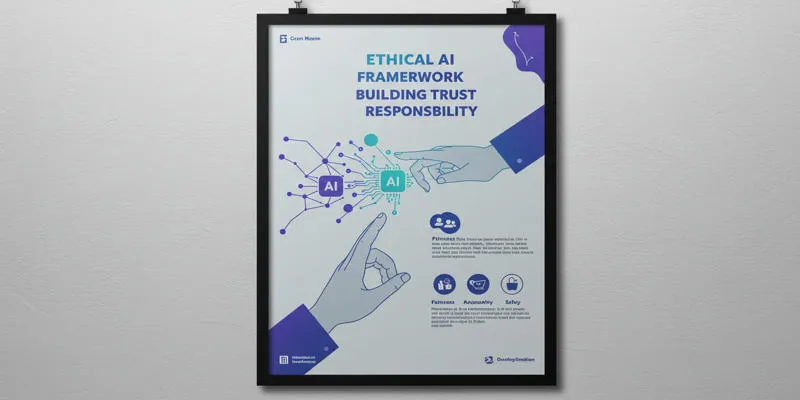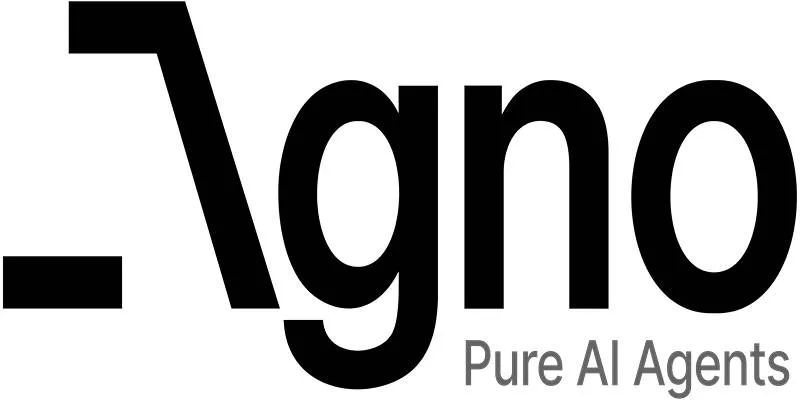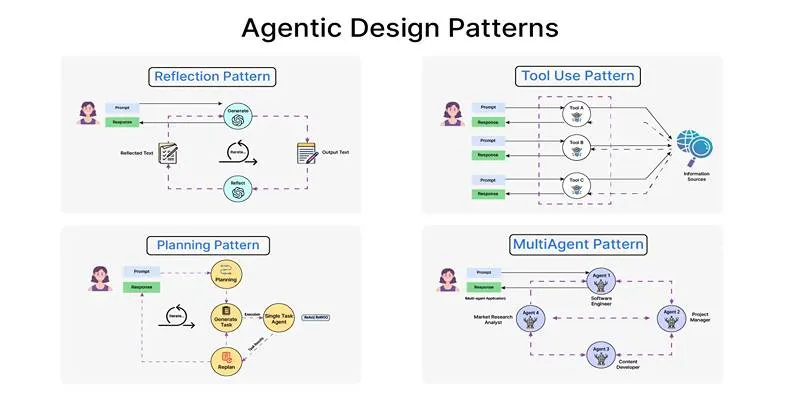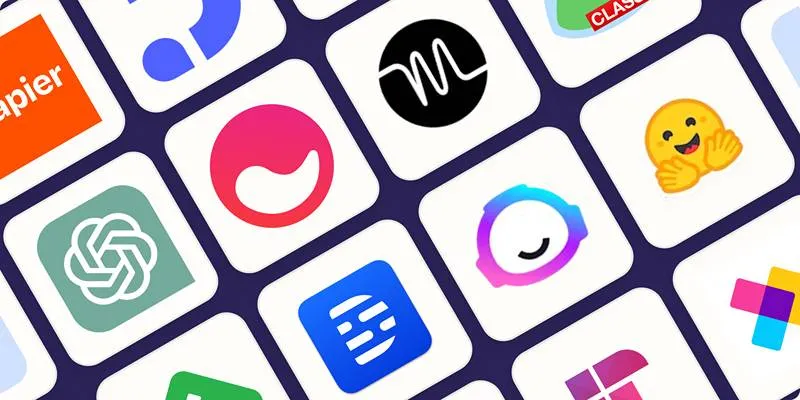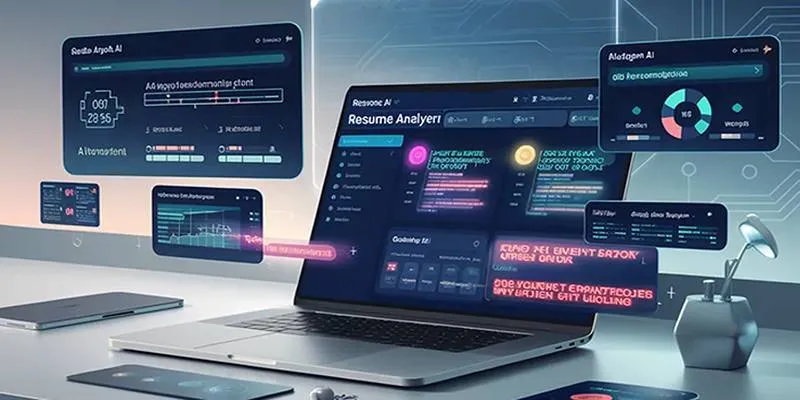Microsoft has begun enforcing stricter controls on its Copilot AI tools to prevent their misuse for harmful purposes. The company has introduced stronger safeguards, clearer rules, and updated guidance, ensuring Copilot remains a helpful assistant rather than a risk. The rapid integration of generative AI into workplaces and classrooms has created opportunities but also sparked concerns about potential misuse. Microsoft’s latest measures aim to reassure users, deter bad actors, and align the technology with safe, productive outcomes as it becomes more advanced and widely adopted.
Why Is Microsoft Acting Now?
Generative AI has transformed how people work, write, and build software. Microsoft Copilot, integrated into Office applications, Windows, and developer tools, assists users in composing documents, writing formulas, drafting presentations, and even coding. It’s valued for saving time and reducing repetitive work. However, as more users experiment with its capabilities, some prompts have led to unintended and risky outputs.
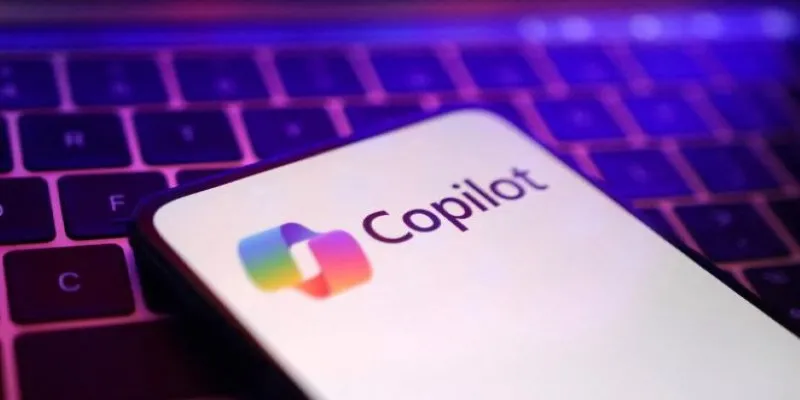
Investigations revealed that Copilot could be manipulated to write malware, phishing campaigns, or false information. Although not designed for such purposes, loopholes and creative prompting exposed gaps in its safeguards. Even small-scale abuse raised alarms since automated tools can multiply harm quickly and cheaply. Microsoft has responded by closing those gaps, acknowledging that guardrails must evolve alongside user behavior to maintain trust among businesses and individuals.
Growing pressure from regulators and the public also influenced Microsoft’s decision. Governments in Europe and North America are drafting policies to hold tech companies accountable for AI misuse. By acting early, Microsoft demonstrates its commitment to safety and ethics, positioning itself as a leader rather than a follower.
What Does Microsoft’s Crackdown Look Like?
The new approach combines updated technology, clear policy changes, and ongoing education. Technologically, Microsoft has improved Copilot’s internal filters to detect potentially malicious prompts. These filters evaluate the broader context of requests, increasing the likelihood of declining harmful attempts. Microsoft’s engineers regularly update these filters based on new misuse patterns observed in the wild.
Policy changes now explicitly state what is and isn’t allowed. Microsoft updated its terms of service to prohibit using Copilot for harmful, illegal, or deceptive activities, committing to enforce these terms by restricting or suspending accounts that violate them. This reduces the likelihood of users claiming ignorance or operating in a gray area.
Education also plays a role. Copilot now displays messages reminding users about safe use if questionable inputs are detected. These reminders explain why certain actions are inappropriate, encouraging adherence to acceptable boundaries. Microsoft has also launched a reporting process for users to flag misuse, helping the company adjust its filters more effectively.
Together, these measures aim to create a system that remains seamless for regular users while resisting manipulation by those seeking harm.
How Does This Affect Users?
Most users will hardly notice these changes. Those using Copilot for everyday tasks like drafting content, organizing information, generating summaries, or writing code won’t experience interruptions. The system continues to perform reliably. However, anyone attempting malicious output will encounter more frequent interceptions.
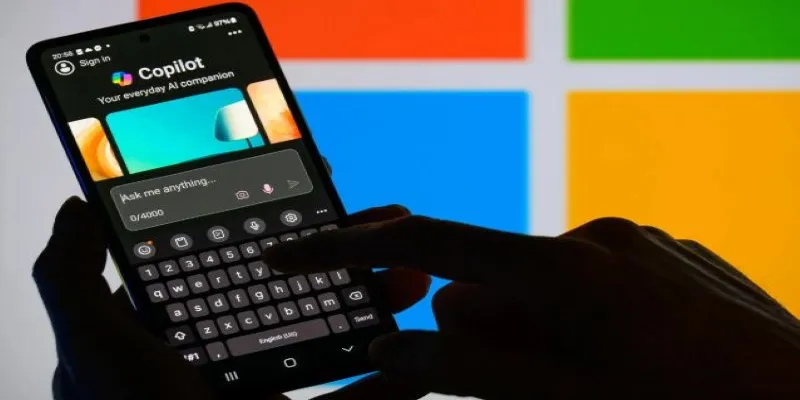
Developers and researchers testing AI limits might notice increased sensitivity, with occasional rejections of borderline prompts that could be valid in controlled research contexts. Microsoft acknowledges the fine line between over-blocking and under-protecting, pledging to refine the balance based on feedback.
Businesses using Copilot across organizations benefit from stronger safeguards, reducing the risk of misuse and potential liability. Employers can trust that protections make Copilot safer to use across teams without constant oversight.
The changes also remind users that Copilot, like any AI tool, isn’t foolproof. Personal responsibility remains essential, and AI should remain a helper, not a loophole for unethical behavior.
The Bigger Picture for AI Responsibility
Microsoft’s actions reflect a broader trend toward more accountability in AI development. As AI capabilities grow, so do the risks of misuse. Governments, advocacy groups, and the public are asking harder questions about responsibility when things go wrong. Microsoft has chosen to address these concerns proactively with Copilot, rather than waiting for regulation.
This move signals to competitors and partners that safety is becoming a competitive differentiator in AI. By balancing utility with responsibility, Microsoft hopes to build long-term trust in its tools, demonstrating that aligning AI with positive purposes requires constant vigilance.
Challenges remain. Critics argue technical filters can be bypassed, and bad actors will adapt. Others worry about overreach, fearing excessive filtering could limit legitimate research or creativity. Microsoft acknowledges no system is perfect, viewing this crackdown as a work in progress rather than a final solution.
Conclusion
Microsoft’s crackdown on malicious Copilot AI use is a practical response to real risks. By enhancing technology, tightening rules, and promoting responsible AI practices, the company makes misuse harder while keeping the tool helpful for regular users. These changes emphasize the need for careful guidance of artificial intelligence to ensure it remains beneficial. Microsoft’s new measures aim to keep Copilot a trusted, safe assistant without compromising innovation or everyday usability.
For more insights into responsible AI practices, check Microsoft’s official AI ethics page.
 zfn9
zfn9





